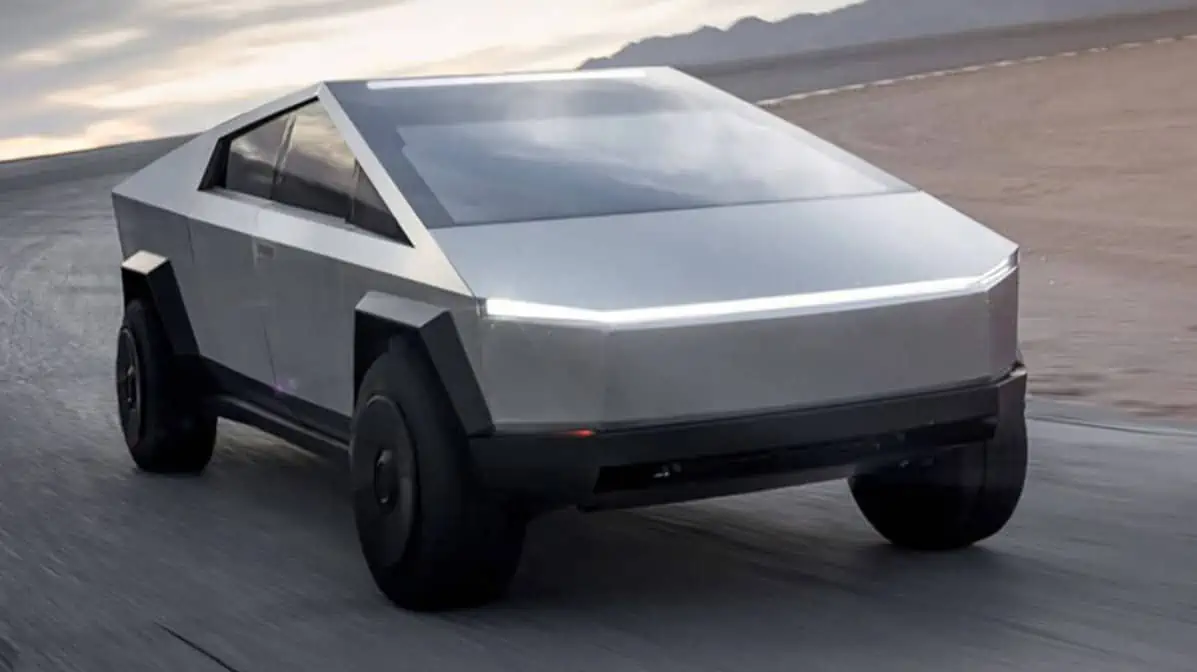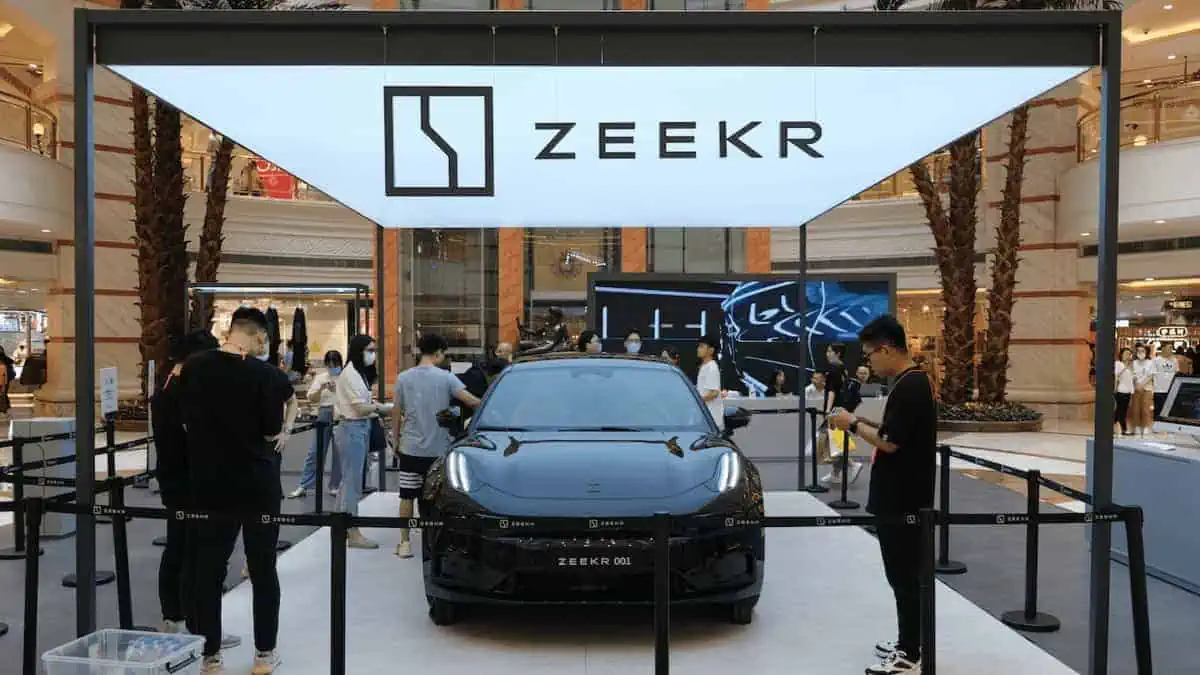Tesla’s battery passport system has revealed interesting details about the Cybertruck electric pickup’s battery technology, including chemistry, capacity, 4680 cell number, and energy density.
Battery passport offers insights into the Cybertruck’s battery tech
Tesla usually keeps details about its batteries under wraps, even omitting to disclose battery capacity information on its website.
Yet, the Cybertruck’s battery passport Tesla indicated in the 2023 Impact Report (page 109) offered us specific details about the electric pickup’s 4680-type cylindrical battery cells and the structural battery pack.
Some of the information in the document officially confirmed previous reports from unofficial sources, such as teardowns. However, some details are relatively new.
Notably, Tesla-pioneered 4680 batteries are set to become the basis for the next generations of the new cell format. Global suppliers and electric automakers are expected to adopt this battery technology owing to its larger size, which enables it to pack more active materials. It also has a tabless design that improves the flow of electricity within the battery, supporting faster charging speeds.
Key battery specifications
Without further ado, here are the key details unveiled in the Tesla Cybertruck’s battery passport:
| Tesla Cybertruck Battery Specifications | Details |
| Chemistry | Nickel-Cobalt-Manganese (NCM) cathode |
| Cell form factor | 4680-type cylindrical (46 mm diameter, 80 mm height) |
| Number of cells per pack | 1,344 |
| Pack capacity | 123 kWh |
| Cell capacity (approx.) | 91.5 Wh |
| System voltage class | 800 volts |
| Battery weight | 1,589.5 lbs (721 kg) |
| Energy density (approx.) | 0.17 kWh/kg (170 Wh/kg) |
| Estimated driving range (AWD) | 340 miles |
| Estimated driving range (Cyberbeast) | 320 miles |
Tesla’s use of Nickel-Cobalt-Manganese (NCM) lithium-ion cathode chemistry is no longer surprising, as The Limiting Factor’s teardown in mid-2022 already revealed this information.
Given that a Cybertruck battery has 1,344 individual battery cells and a total energy of 123 kWh, each cell must have a capacity of 91.5 Wh.
The battery’s almost 1,600 lbs (721 kg) weight also accounts for about 24% of the entire Cybertruck AWD variant (6,603 lbs or nearly 3,000 kg).
Looking forward
Tesla is expected to offer a range extender option for Cybertruck AWD and Cyberbeast customers later this year. The upgrade will deliver an estimated range increase of approximately 38% or 470+ and 440+ miles, respectively.
The Musk-led company also aims to introduce an entry-level RWD Cybertruck variant next year. It will feature a smaller battery and a shorter driving range of about 250 miles.
While Tesla Cybertruck’s battery cells already offer a higher energy density by approximately 10% compared to the initial ones used in the Giga Texas-made Model Y AWD variant, there will still certainly be significant improvements before this new battery tech matures.






